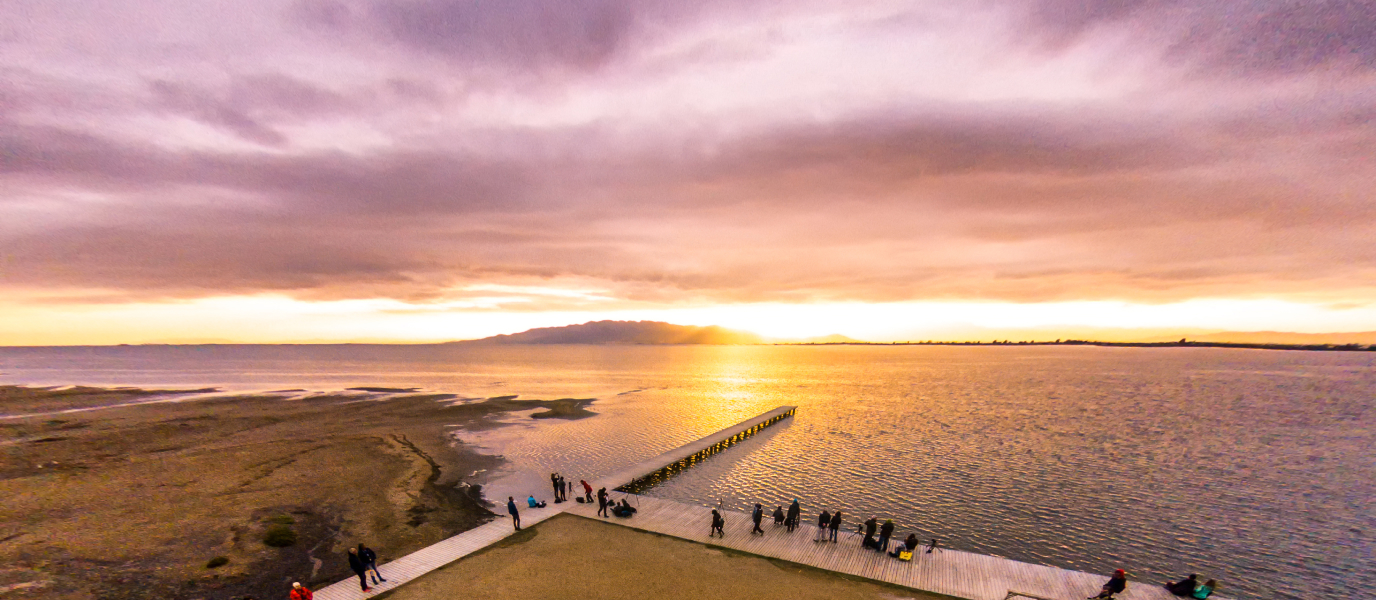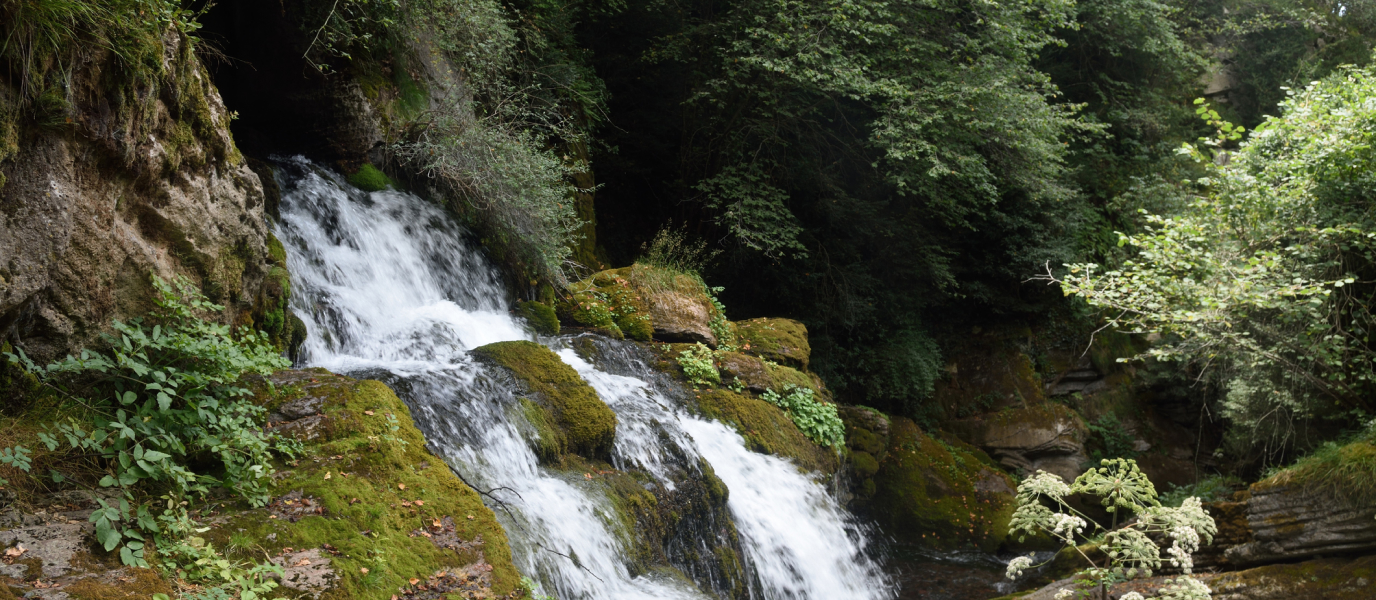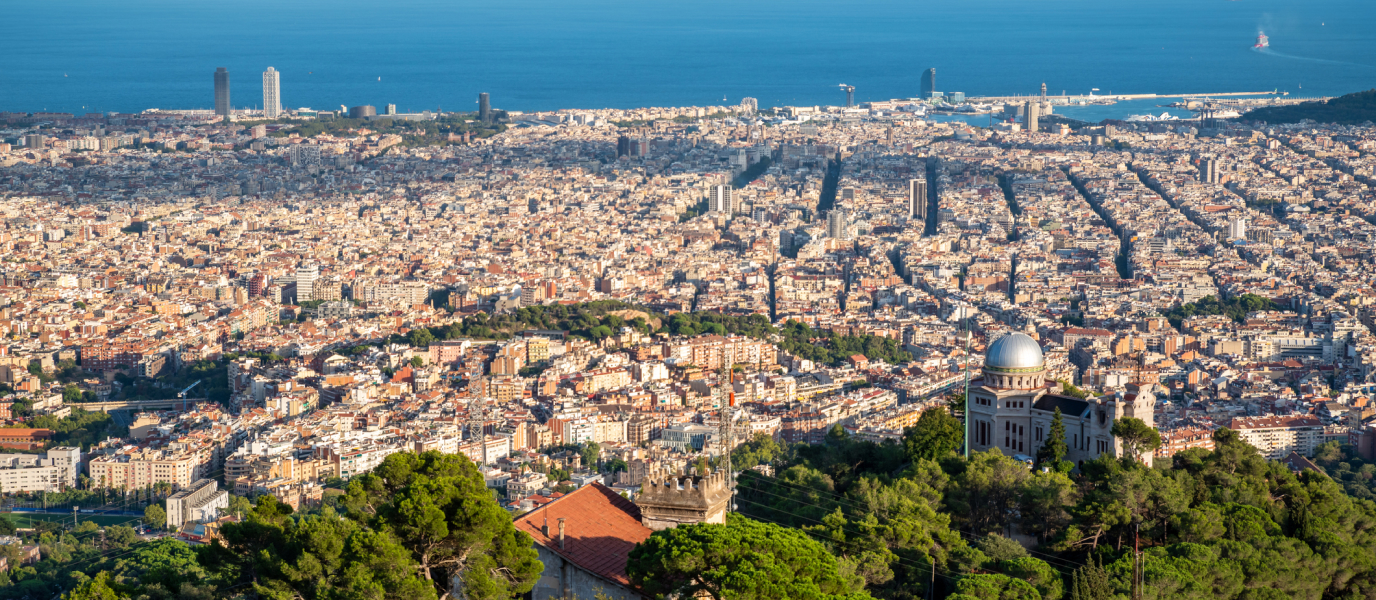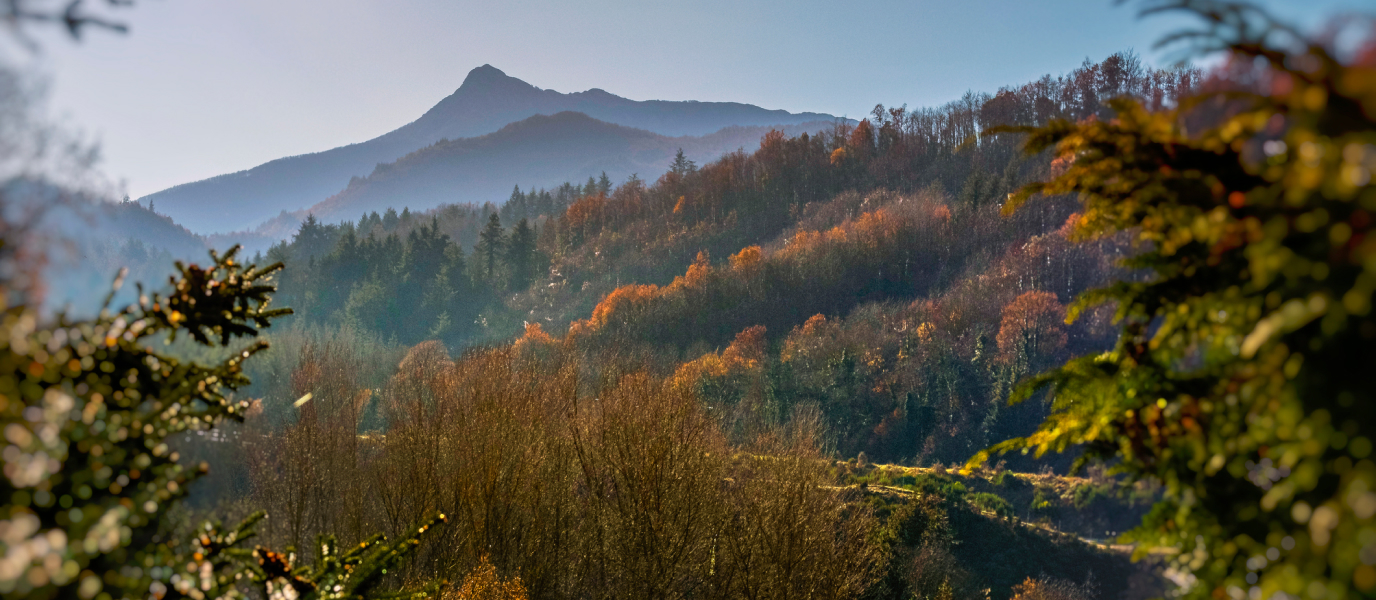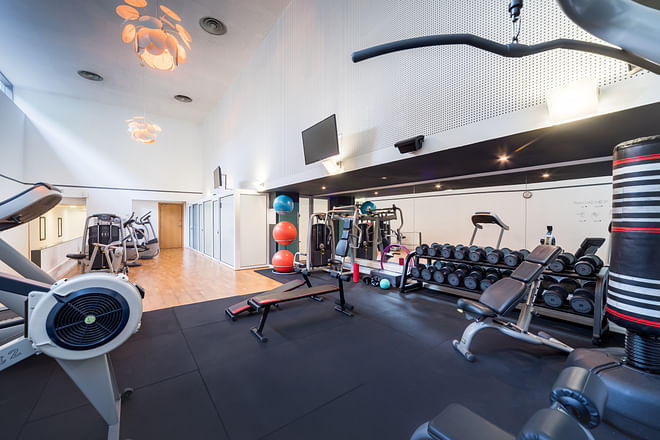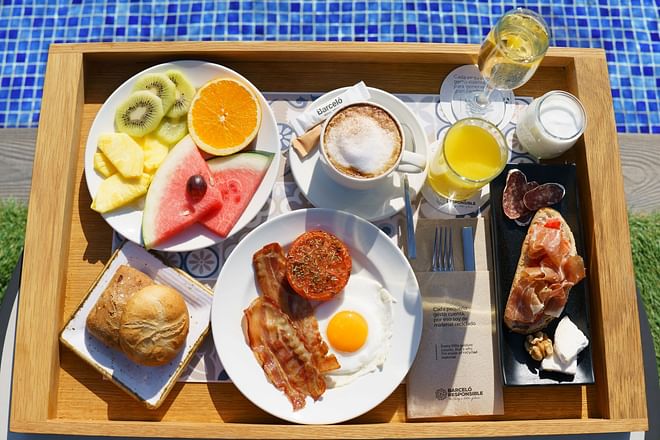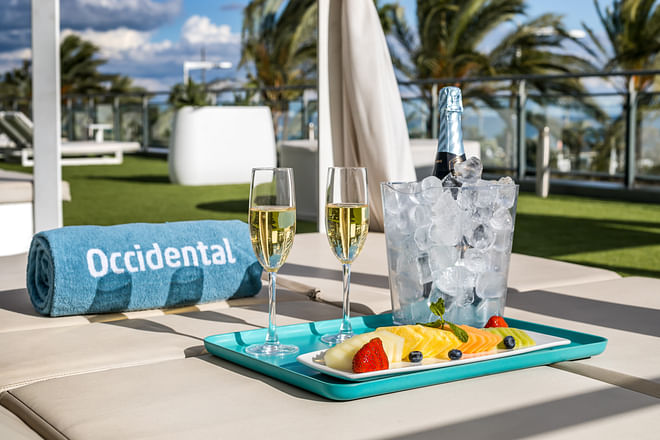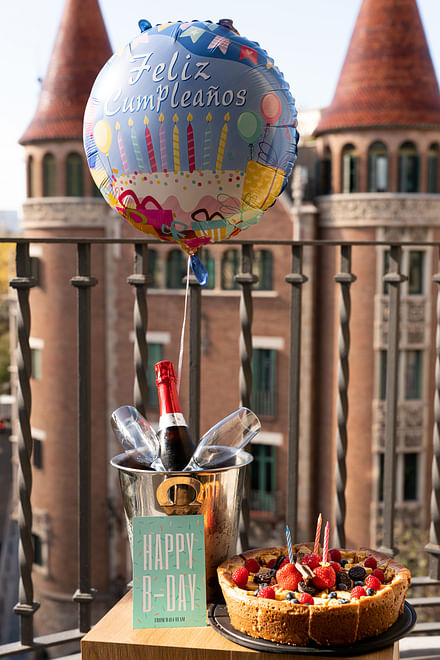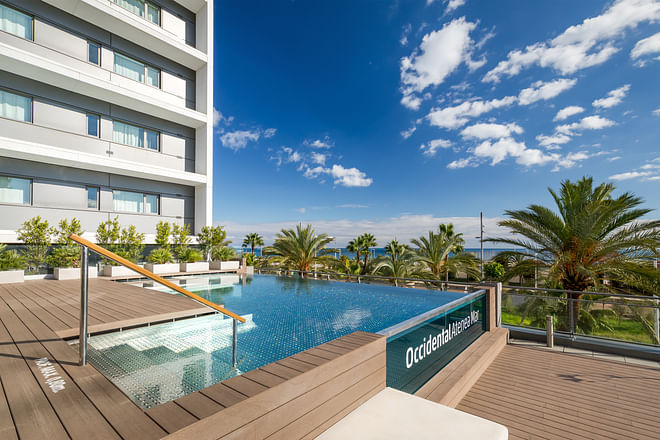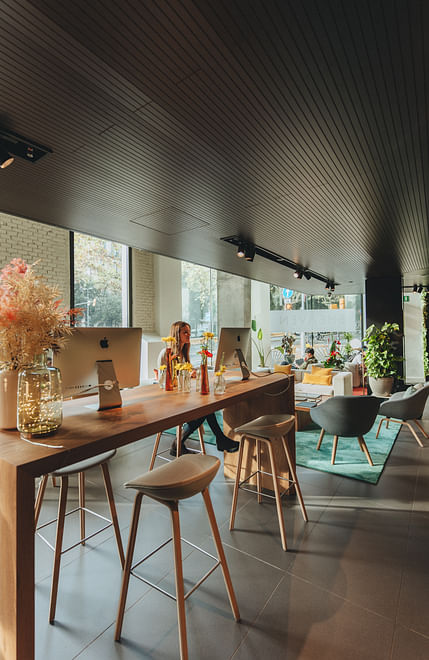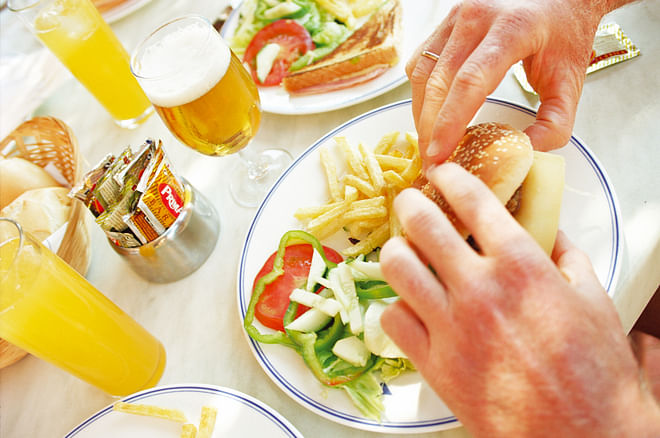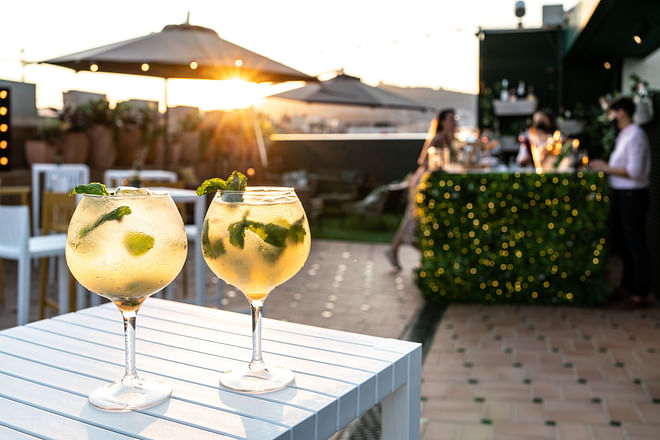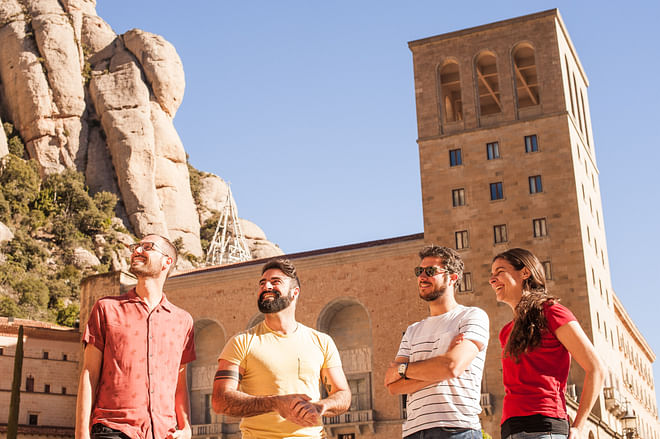The great Ebro Delta is a natural space where the Ebro river meets the Mediterranean Sea. There, at the largest wetland in the Mediterranean spanning 320 km2, you will find long sandy beaches, rice fields and a habitat made up of thousands of migratory birds. Just two hours from Barcelona by car, it is a perfect day trip from the city, where you can discover a unique habitat.
The Ebro Delta is a large flat expanse replete with rice fields and great biological diversity, declared a Natural Park by the Government of Catalonia in 1983. At the delta you can learn about the importance of controlling the floodwaters of rivers, the fresh water supply or the significance of the area as a transit point for migratory species. A paradise where you can enjoy both nature and sports.
Traditionally feared by sailors due to its muddy areas, it was illuminated with three iron lighthouses in the mid-nineteenth century at Punta del Fangar, the Illa de Buda and Punta de la Banya, of which only the last one still stands.
Routes through the Ebro Delta by foot, by bike or on horseback
The Ebro Delta is the largest wetland on the Mediterranean coastline, shielded by the Els Ports mountains, which stand at an altitude of up to 1,447 metres offering spectacular routes through nature.
- The Terres del Ebre Greenway: A low-difficulty route that can be done by bike, by foot or on horseback. The route follows the former railway tracks that joined Puebla de Hijar, in Aragón, with Tortosa. It has been adapted for cycle tourism and is well-signposted. In addition to the magnificent landscape are the 41 tunnels that traverse it, some stretching as far as 750 metres.
- Bassa de les Olles: A 3.5-kilometre route around the lagoon suitable for beginners and families.
- El Garxal: A 1.5-km trail between Riumar and the Zigurat lookout point, from where you can see the mouth of the Ebro.
- L’Encanyissada: A self-guided route from the start of the bike lane (900 m) to El Carreter, which is where the just under 4-km bike route around the Bassa de L’Encanyissada lagoon begins.
- La Tancada: A roughly 4-km bike route along the northern banks of the lagoon.
Canoeing routes
The Migjorn river is perfect for canoeing due to its low current and few boats. You can head to the Illa de Buda, where you can learn about traditional human activity in the area and the riparian forest.
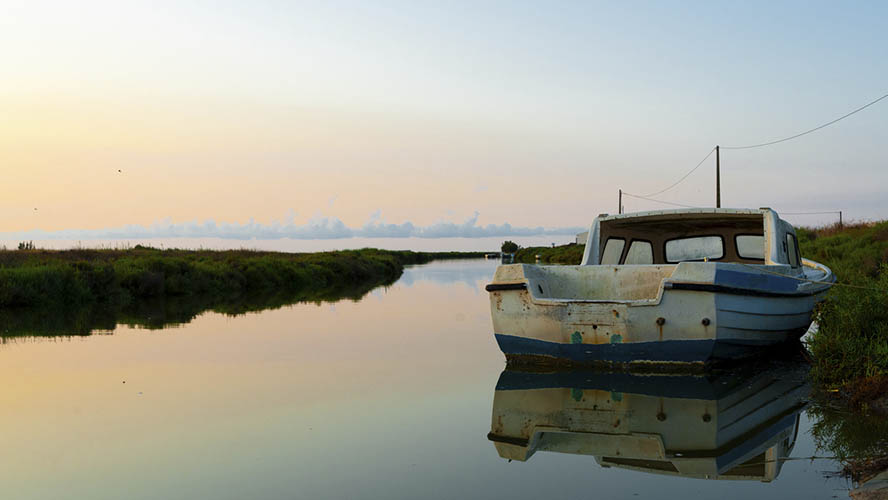
Bird watching and special routes
One of the great draws of the Ebro Delta is the bird watching that it offers. If you’re an expert who can distinguish between different types of birds, you will no doubt have a brilliant time in the area. However, if you’re not, it’s a great place to introduce you to the world of bird watching. Whatever your interests, prepare to be dazzled by the elegant flamencos, which have a stable colony and can be seen all year round. The best time of the day to capture them with your camera is in the afternoon when the sun is behind you. If visiting in summer, you’ll encounter purple herons and squacco herons, and in winter, gannets and great cormorant. Ideally, you should go accompanied by a professional guide armed with some good binoculars. Marked paths must be respected at all times so as not to enter nesting areas and interfere in bird habitats. Visiting the area is about enjoying its beauty and learning to value the importance of wetlands and their wildlife, not about disturbing them. If you are particularly interested in birdlife, you can consult the list of birds registered in the Ebro Delta.
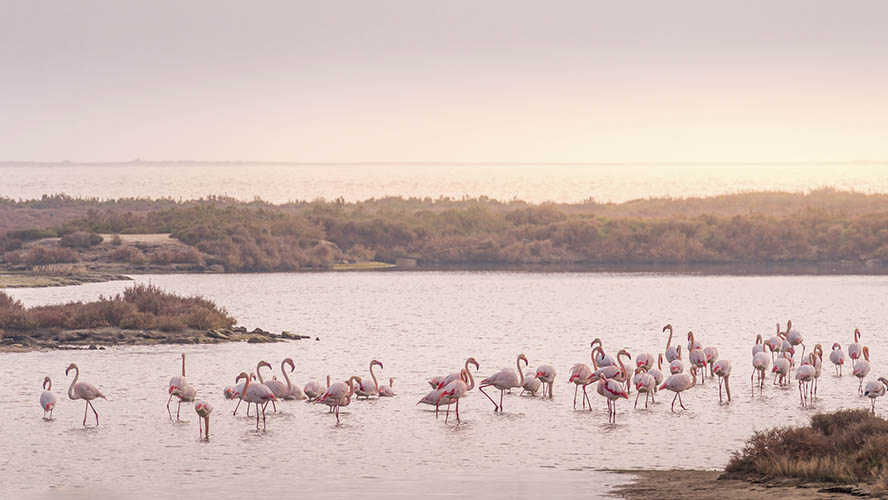
The area, declared a ZEPA (Special Bird Protection Area), boasts observation points in different habitats and different routes numbered from 1 to 8. The most important is the MónNatura Delta de l’Ebre centre, at the Tancada lagoon.
- Routes 1 and 2: Taking in the lagoons, dunes, beaches and riparian forests that are a transit-point for migratory birds as they travel south. There are various observation towers for viewing species such as flamingo, harriers and black-winged stilt amidst the rice fields.
- Routes 3 and 4: These two routes explore the different sides of the Els Ports mountain range and its rivers, caves and gorges, which are a place of refuge for Iberian goats, wild boars, wild cats, otters, roe deer and a wide range of amphibians and birds of prey.
- Routes 5 and 6: In the Cardó and Boix massifs, amidst hundred-year-old yew, holm oak and pine forests, you’ll be able to see golden eagles and Bonelli’s eagles, as well as caves with cave paintings.
- Route 7: This trail goes through the wetlands of the Sebes Natural Reserve and the Flix meander on the banks of the Ebro river, which together boast one of the largest reedbeds in Catalonia, reaching a height of 200 metres.
- Route 8: Starting with a climb up to La Fatarella, a small village with spectacular views of the surrounding landscape, on its descent the trail then goes through semi-arid and cultivated terraces with vines and olive trees. The route comes to an end at the great cliffs alongside the Ebro.
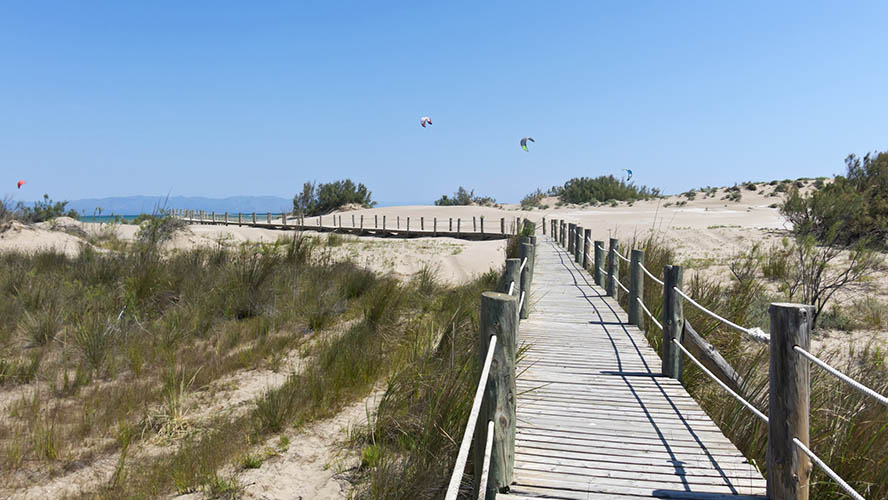
Cuisine with ingredients from the sea and rice
The unique setting of the Ebro Delta offers visitors delicious food with unbeatable fresh ingredients such as rice, mussels and eels. Local produce also includes baldanes, a type of blood sausage, and of course vegetables. In terms of desserts, don’t forget to try the most traditional, such as paracotes (deep-fried honey-coated figs), cóc (a type of cake) and borraines (deep-fried borage leaves with honey). The Ebro Delta is one of the three rice-growing areas to have Protected Designation of Origin. The rice fields have dominated the landscape since the seventeenth century, which means you can find a varied range of rice dishes including seafood paella, black rice, rossejat (a simple rice dish traditionally made by fishermen) and arroz a banda (rice cooked with fish), among others. Delta del Ebro mussels are nothing like Galician mussels, and nor should they feel secondary to them. They are small and flavoursome with firm flesh, and the best season for them is in June and July.
The Ebro Delta is a natural paradise with a multitude of possibilities for a day trip from Barcelona or Tarragona.
























































